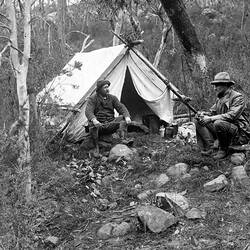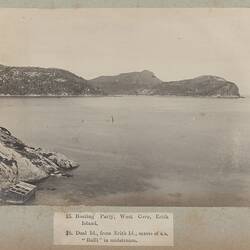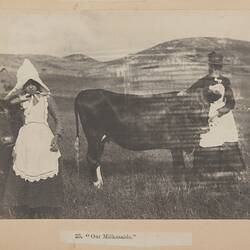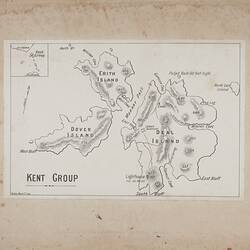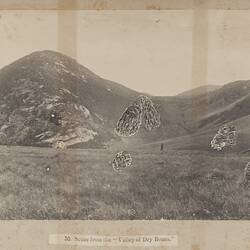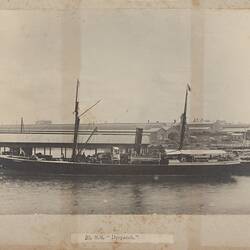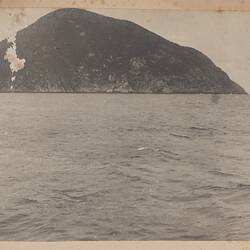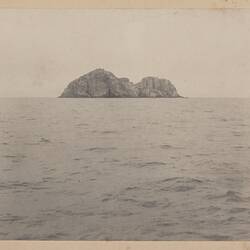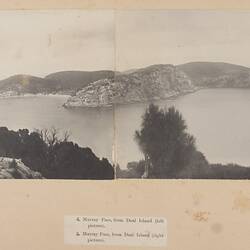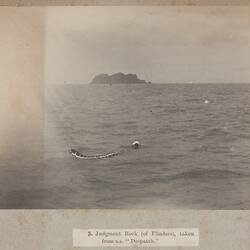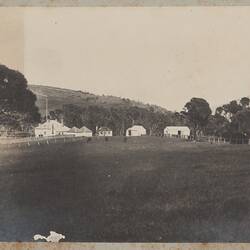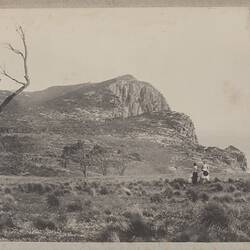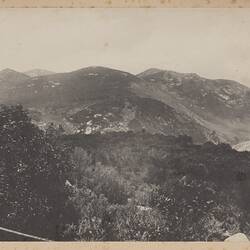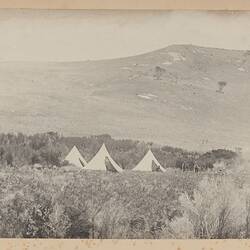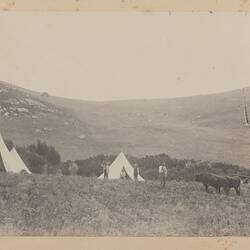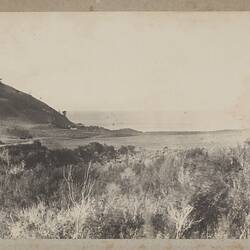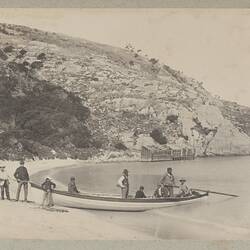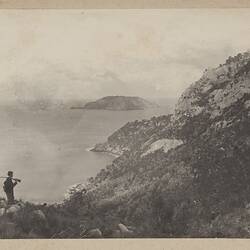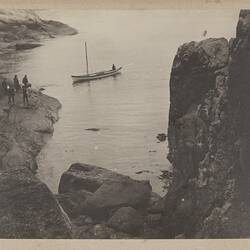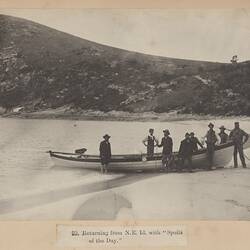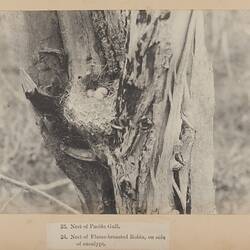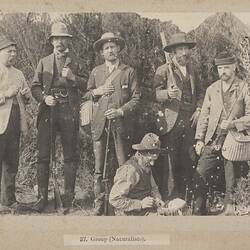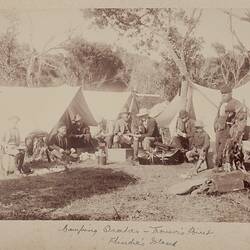CONCLUSION
We visit Chalky Island, off the west coast of Flinders. Chalky is remarkable for the limestone formation and myriads of small bones of animals (probably rabbits) and birds thereon. We also touch Mile Island and some reefs off Green Island, and finish our explorations at Pat's River opposite, on the main island of Flinders. The land in the vicinity of Pat's River, where there are a few selections, is the best we observed on the group. During a sojourn on the group of 18 days, often detained by adverse weather, we managed to land on 19 islands and islets, which will become famous for fishing and yachting, and for nothing else except for their utter desolation and scrub. Finally we strike camp on the 29th November, and Captain Mathieson, punctual to the hour, arrives off Green Island, and at 11 o'clock we are transhipped from our cutter to the Alert. With most delightful weather se speed homeward at the rate of a fraction over 11 knots per hour. With feelings half regretful, half thankful, we watch the romantic beauty of the blue peaks of Flinders imperceptibly dissolving into distance, then out of sight, perhaps for ever. Half-way through the Straits, and working to the last, we take snap-shots as we pass by Curtis Island, with its conspicuous head rising 1,100ft. perpendicularly from the ocean. Next morning we are at the Melbourne wharf.
With regard to the results of the trip, we claim nothing of importance scientifically, yet have gathered a mass of information, with photographic illustrations, both interesting and instructive, of the islands, which will prove a fitting termination to the work already performed in Bass's Straits by the Field Naturalists. The details of the trip will be given before the club at the Royal Society's Hall on the evening of Monday, 15th January.
More Information
-
Keywords
-
Authors
-
Contributors
-
Article types

